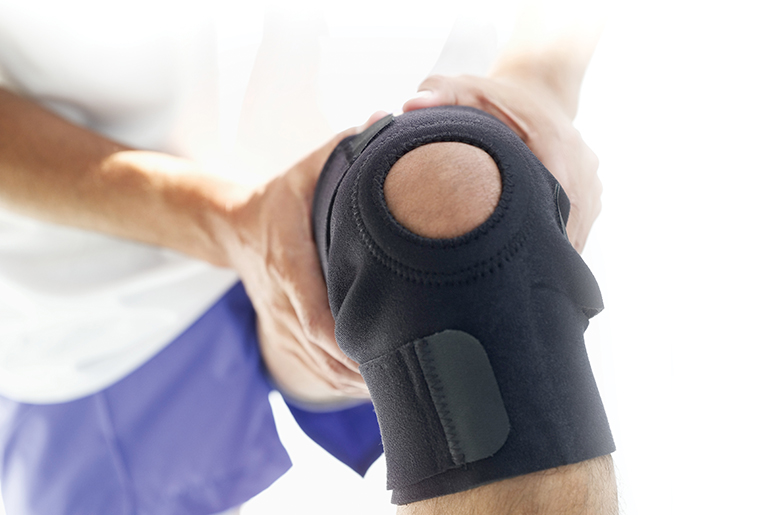It’s a fact of life that bodies young and old experience joint pain from time to time, usually from overuse, injury or a medical condition such as arthritis. And whether you’re a weekend warrior or serious athlete, the hope is that an ice pack, over-the-counter pain relievers and rest are all that’s needed to get you back on your feet.
If taking a break from regular activities isn’t cutting it but you’re not quite ready for physical therapy or injections, an orthopedic brace might just be the ticket. Choosing the right one can be overwhelming, however, whether you’re shopping at your local pharmacy or searching online, especially when a Google search for “knee brace” returns almost 2.2 million results.
“When dealing with joint pain, we always try to bridge the gap for patients before we start ever thinking about surgery,” says Donald Hohman, M.D., an orthopedic surgeon at Texas Health Center for Diagnostics & Surgery. “We do that with a combination of methods, usually with pain medication, physical therapy, injections and braces. Choosing the right brace all depends on what kind of issue you’re dealing with, either alignment problems or pain.”
In a scientific article published in American Family Physician, researchers note that braces can be helpful in cases of acute injuries, chronic conditions and injury prevention. Additionally, braces are often one of the most cost-effective treatments (some are covered by insurance) and generally cause few negative effects.
The Arthritis Foundation points to braces as beneficial in allowing ligaments to heal, relieving pain and providing a confidence boost, as wearers tend to feel more secure.
Hohman acknowledges that some braces are unpopular because they can be a bit unwieldy, but they do serve a purpose.
“If people have alignment problems in their legs, for example, an unloader brace can help shift the alignment of their foot and knee,” he explains. “These braces aren’t very common because they’re pretty big and most people aren’t thrilled about that cosmetically, but they do serve an important purpose.”
When dealing with joint pain, however, Hohman says there really isn’t a go-to brace that he recommends to his patients with any regularity.
“If someone is looking for a brace due to arthritis or a swollen knee, I tell them they can really try any brace they want,” he says. “The compression sleeves from the pharmacy are popular, affordable and easy to find, and sometimes it’s all a patient needs. Maybe they have a loose knee and just need a little more stability.
“I tell my patients to just try a brace out and see if it works for them because everyone’s body is going to respond differently. Even within types of braces there are different grades, so it’s really up to the patient to work with their doctor to find out what works best for them.”
